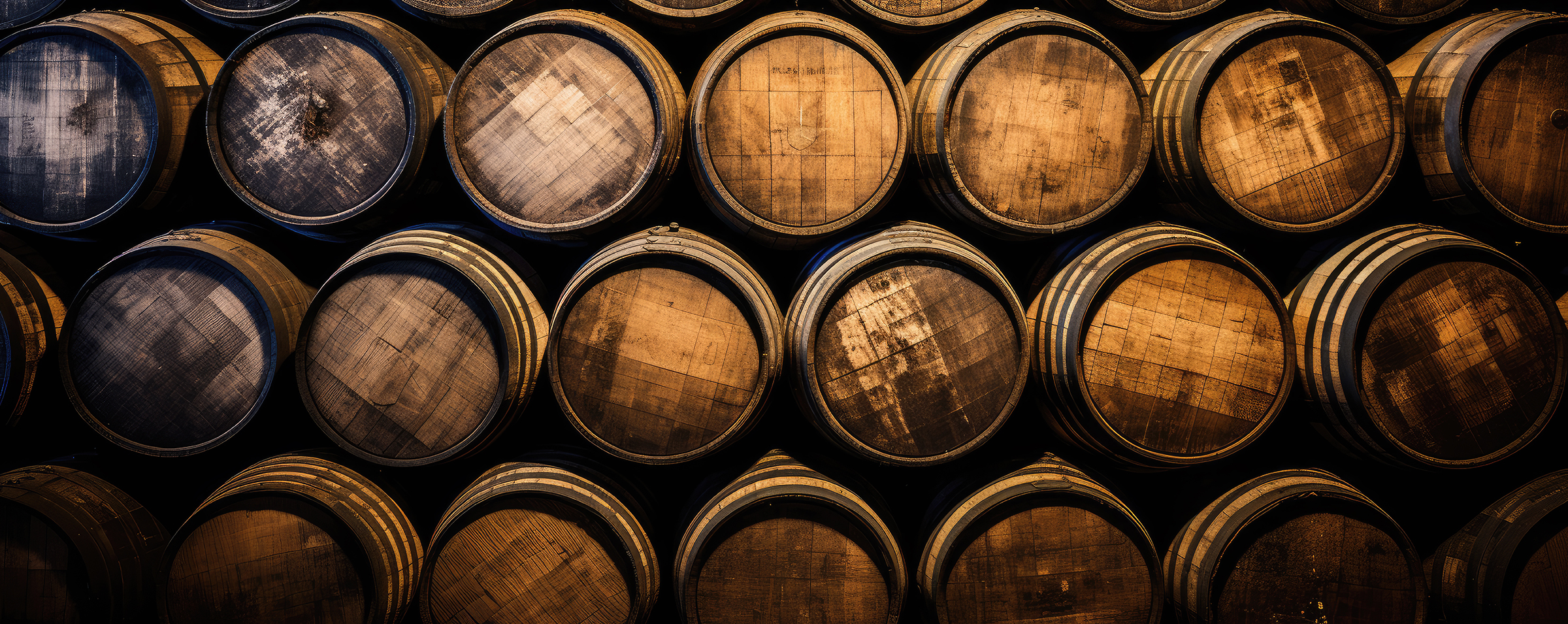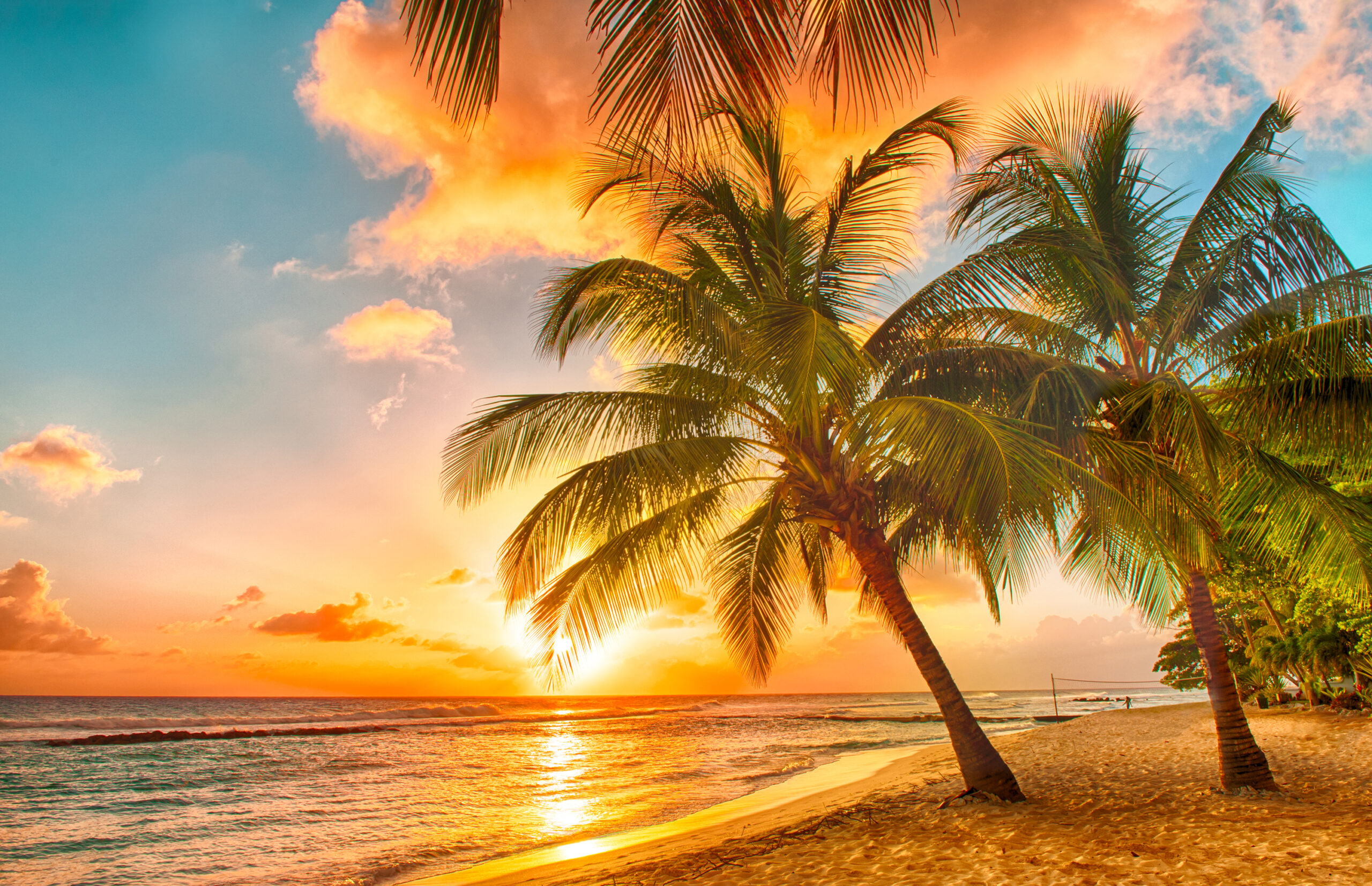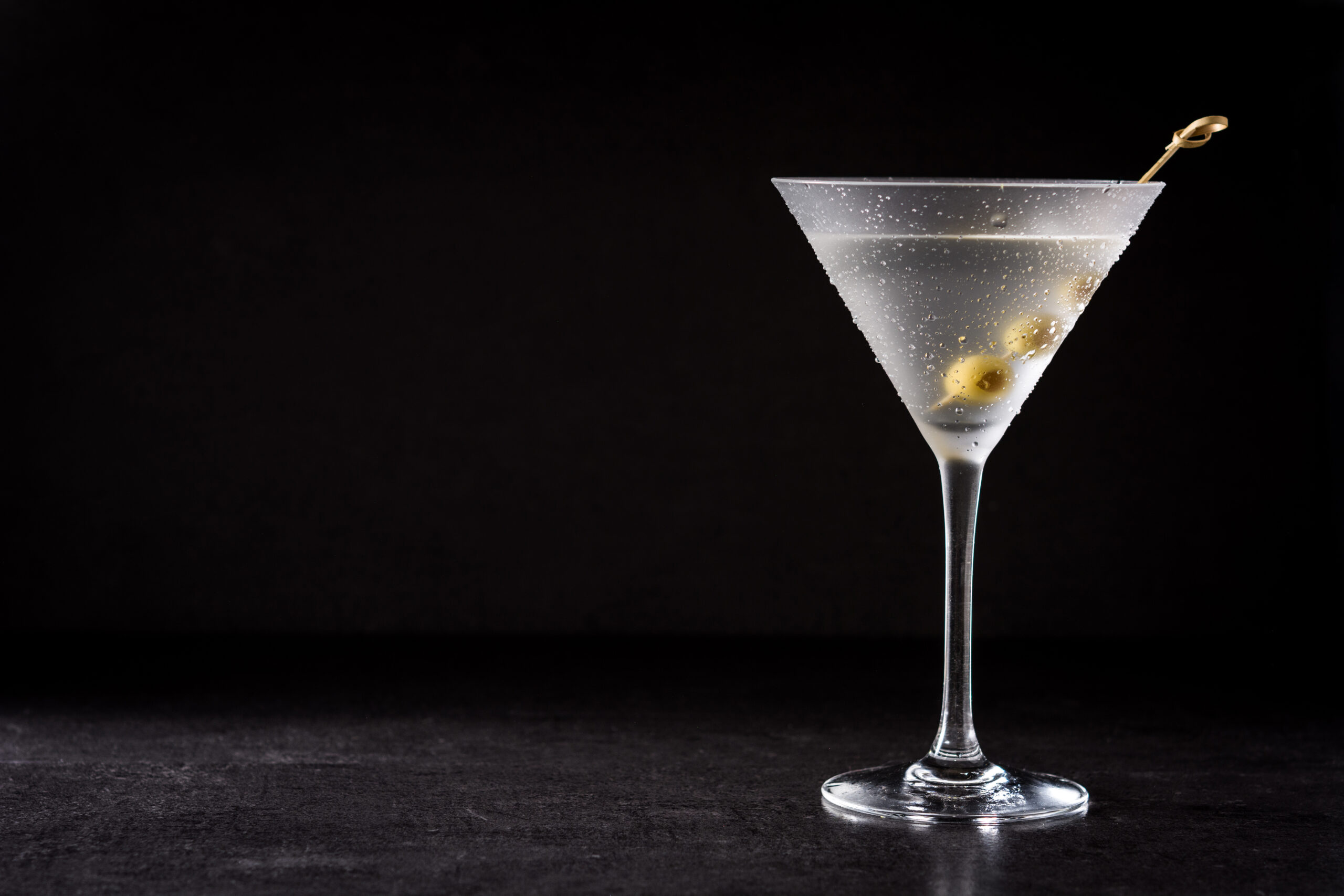A Toast to Tradition: The Storied History of American Bourbon
Bourbon, a spirit steeped in American history and brimming with flavor, has carved a unique niche for itself in the world of whiskey. Its journey, from humble beginnings on the American frontier to becoming a global phenomenon, is a fascinating tale of innovation, resilience, and a whole lot of good taste.
Early Days: From Corn to Frontier Spirit (18th Century)
The story of bourbon begins in the late 18th century, alongside the westward expansion of the United States. As settlers ventured into the fertile lands of Kentucky, they brought with them the knowledge of distilling whiskey, a practice already established in Europe. However, unlike their European counterparts who used barley or rye, these resourceful pioneers relied on the abundant corn crops that thrived in the region.
This shift in grain became a defining characteristic of bourbon. While early versions were likely rough and unaged, the practice of storing whiskey in charred oak barrels soon emerged. This crucial step, attributed to the necessity of using readily available barrels from coopers in the region, imparted a unique smoky sweetness and rich amber color to the spirit.
The Rise of Bourbon County and Beyond (19th Century)
By the early 19th century, bourbon production had become a booming industry, particularly in Kentucky. Bourbon County, established in 1785 and named after the French royal family, became synonymous with this burgeoning spirit. Though the county itself was eventually divided into smaller territories, the name “bourbon” stuck, forever linked to the region’s whiskey-making heritage.
Innovation continued to shape bourbon throughout the 19th century. The sour mash process, where a portion of leftover “sour” beer (fermented mash) from a previous batch is used to kickstart fermentation in a new one, was developed around the mid-1800s. This technique not only ensured consistency but also contributed to the distinctive flavor profile of bourbon.
Furthermore, the rise of bottling and blending techniques allowed for greater control over quality and consistency. Distilleries began to experiment with aging times, leading to the emergence of different styles and complexities within the bourbon category.
Trials and Triumphs: The Impact of War and Prohibition (20th Century)
The 20th century presented a series of challenges for the bourbon industry. The American Civil War disrupted production and transportation, leading to a decline in bourbon’s availability. However, bourbon also served as a form of currency during this turbulent period, highlighting its economic importance.
The most significant blow came with Prohibition, the nationwide ban on alcohol sales that began in 1920. Many distilleries were forced to close, and the knowledge and skills of experienced bourbon makers were nearly lost.
However, a few distilleries managed to survive by producing medicinal whiskey with government approval. After Prohibition’s repeal in 1933, these remaining producers played a crucial role in reviving the bourbon industry.
Post-Prohibition Revival and the Rise of National Brands (Mid-20th Century)
The post-Prohibition era witnessed a resurgence of bourbon production. National brands like Jim Beam, Wild Turkey, and Maker’s Mark emerged, playing a significant role in standardizing and popularizing bourbon across the country. These brands also benefited from advancements in technology, allowing for larger-scale production and distribution.
The Bourbon Boom and Beyond (Late 20th Century – Present)
The late 20th century saw a renewed interest in craft spirits, and bourbon was no exception. Small, independent distilleries began popping up, offering unique expressions and exploring variations on traditional bourbon-making techniques. This focus on quality and experimentation has fueled a “bourbon boom” in recent decades.
The rise of cocktail culture has also played a significant role in bourbon’s resurgence. Bartenders are rediscovering the versatility of bourbon in classic cocktails like the Old Fashioned and the Manhattan, as well as creating innovative new concoctions that showcase the spirit’s complexity.
Looking Ahead: The Future of American Bourbon
Today, bourbon production is thriving. New distilleries are opening across the United States, not just in Kentucky. The industry is constantly evolving, with distillers experimenting with different grains, aging techniques, and finishing processes. This continuous innovation ensures that bourbon remains an exciting and dynamic category for both producers and consumers.
However, challenges remain. The increasing demand for aged bourbon has led to shortages of some popular brands. Additionally, ensuring the authenticity and quality of bourbon requires ongoing vigilance. The strict regulations established by the American Bourbon Association define what can be labeled as “bourbon,” protecting the integrity of this historic American spirit.
In Conclusion:
From its humble beginnings on the American frontier to its current status as a global phenomenon, bourbon’s story is one of resilience, innovation, and unwavering dedication to quality. With its rich history, unique flavor profile, and ever-evolving landscape, bourbon offers







